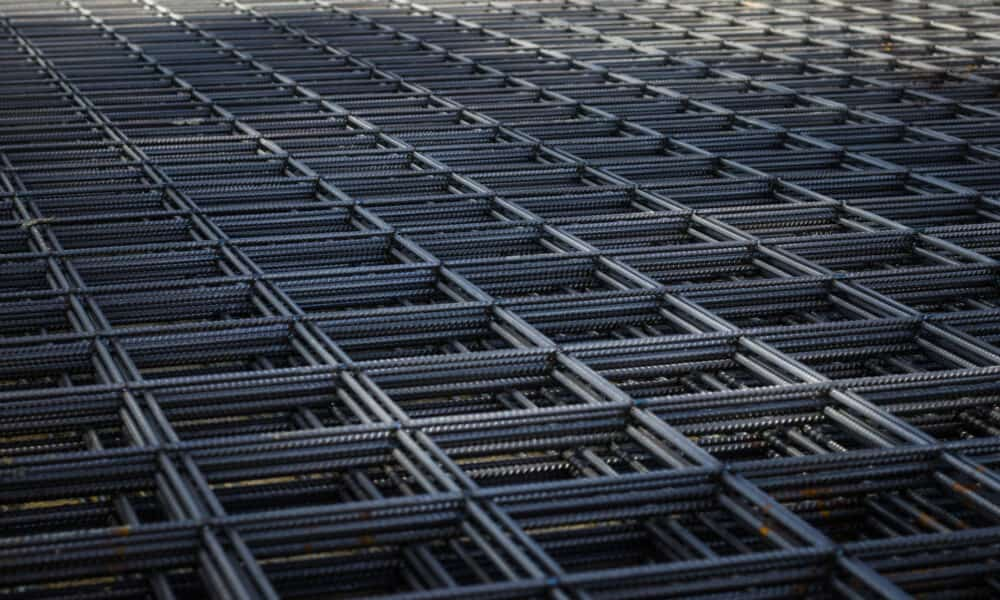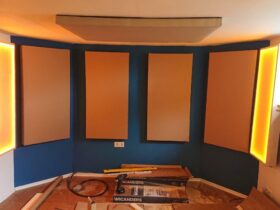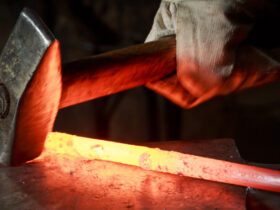The longevity and resilience of a building are paramount concerns in the construction industry. As structures face increasingly challenging environmental conditions and stringent safety requirements, the importance of effective rebar connections is overstated. Reinforcing bars, commonly as rebar, form the skeleton of concrete structures. The tensile strength necessary to withstand various loads and stresses buildings encounter life in their pan.
Traditional methods and their limitations
Historically, lap splicing has been the go-to method for connecting rebar. This technique involves overlapping the ends of rebar and securing them with wire ties.
- Space requirements – Lap splices need considerable length for proper force transfer, which can lead to congestion in heavily reinforced areas
- Inconsistency – The quality of lap splices can vary depending on the skill of the worker
- Material waste – Extra rebar length is needed for adequate overlap, resulting in increased material usage
These limitations can compromise a structure’s long-term durability, especially in areas prone to seismic activity or extreme weather conditions.
Enter the rebar coupler
Rebar couplers have emerged as a superior alternative to traditional lap splicing. These mechanical devices are designed to join rebar ends securely, and continuous force transfers the reinforcement network. The use of a rebar coupler offers several advantages that directly contribute to enhanced building durability.
- Improved force transfer
Rebar couplers create a robust and consistent connection between rebar sections. This improved force transfer leads to better load distribution throughout the structure, reducing stress concentrations that could otherwise lead to premature deterioration or failure.
- Space efficiency
Unlike lap splices, rebar couplers require minimal space for installation. This efficiency is valuable in congested areas of a structure, such as beam-column joints or foundation elements reduced congestion for better concrete placement and consolidation and structural integrity.
Enhanced construction quality
Implementing rebar couplers in construction projects can significantly improve overall build quality.
- Precision in reinforcement layout
Rebar coupler allow for more precise control over reinforcement positioning. This accuracy ensures that the reinforcing bars are placed precisely to optimize the structure’s load-bearing capacity and long-term performance.
- Simplified quality control
The visibility of coupler connections makes inspection and quality control processes more straightforward. Unlike lap splices, which can be challenging to verify once the concrete is poured, coupler connections can be easily checked for proper installation before concrete placement.
- Adaptability to complex designs
Modern architectural designs often involve complex geometric shapes and irregular structural elements. Rebar offers the flexibility to accommodate designs without compromising reinforcement continuity or structural integrity.
Impact on structural longevity
The use of rebar couplers contributes significantly to the long-term durability of buildings.
- Seismic resilience
In areas prone to seismic activity, the continuous force transfer provided by couplers enhances a structure’s ability to withstand earthquake forces. This improved performance can be crucial in preventing catastrophic failures and the safety of occupants during seismic events.
- Corrosion resistance
Many rebar couplers are designed with corrosion-resistant materials or coatings. This feature is particularly beneficial in structures exposed to harsh environmental conditions, such as coastal buildings or industrial infrastructure. Change sentence structure and use different word choices to make your writing less robotic-sounding. These couplers help maintain the structure’s integrity over time by protecting the critical connection points from corrosion.
Buildings subjected to repetitive loading, such as bridges or high-rise structures in windy areas, benefit from the fatigue resistance of properly designed rebar couplers. These devices help maintain the reinforcement’s integrity cyclical stresses, prolonging the structure’s service life.












